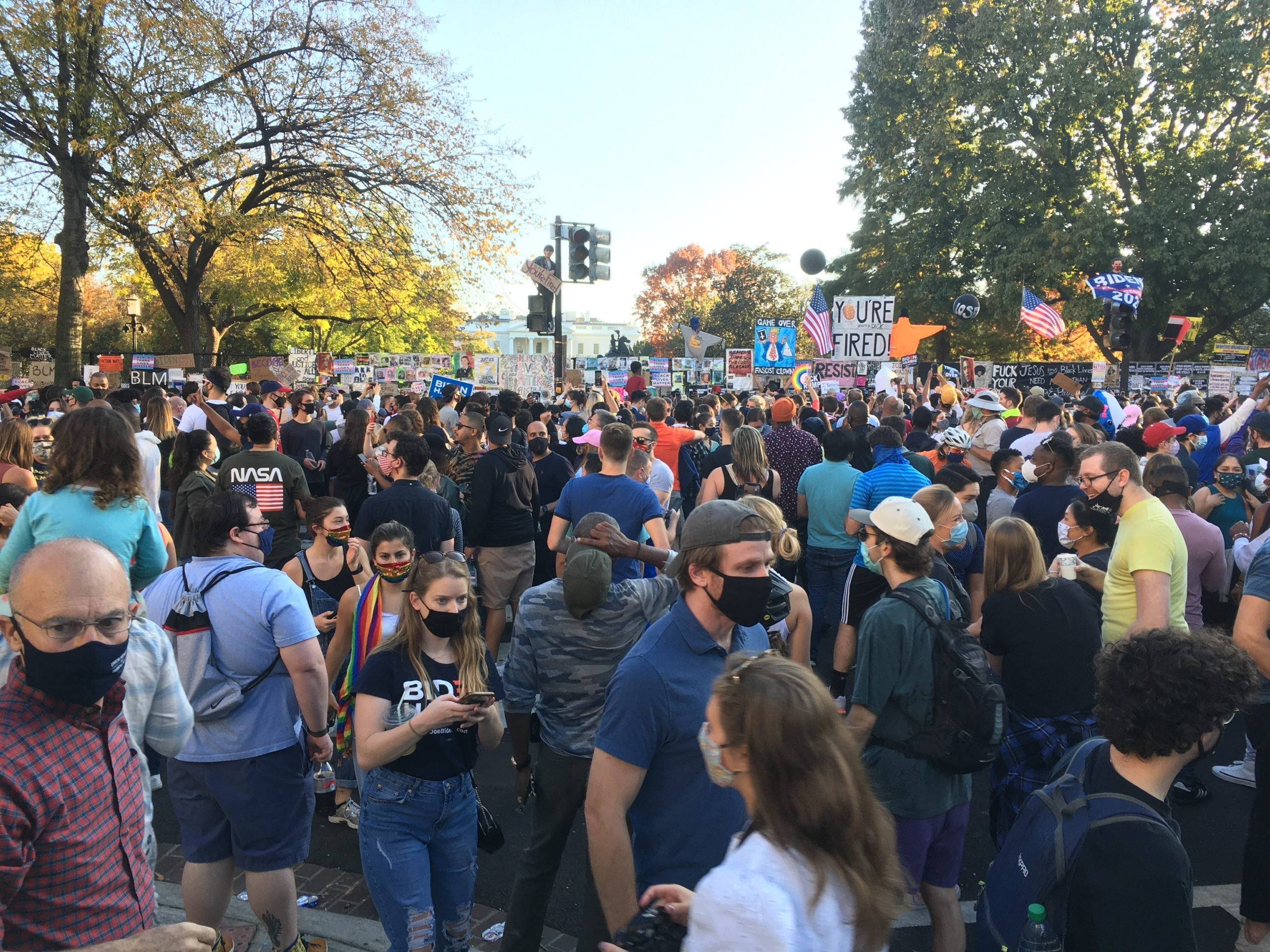The end of 2020 marks a finish to a year that was anything but normal. As we begin 2021 in the midst of a prolonged pandemic, many of us are also starting the new quarter with new classes and perhaps some New Year’s resolutions as well. But collectively, for all of us as Americans, 2021 signifies not only the start of a new year but also, perhaps more notably, the transition from the Trump to Biden administration.
And just as this year has truly been anything but ordinary, this transition team is truly unlike any other. It includes an interesting mix of both progressives and centrists. But more importantly, Biden’s diverse transition team consists of more women and people of color than Trump’s transition team from the 2016 election. While this comes as very good news that Biden is keeping his promise to ensure his cabinet is diverse and one that “looks like America,” this time of transition in the presidency is of extreme importance and requires scrutiny from the American people.
It’s worth keeping an eye on how Biden will set up how he governs and paying attention to whether or not Biden will continue to deliver on his promises once in office. Just as it takes commitment to see through our personal New Year’s resolutions, we the people of America are to do the same after the new president takes office in order to see the change we expect. Once the 46th presidency begins, we must not only hold Biden and his administration accountable for righting the wrongs of the Trump presidency but also ensure that he actually addresses the ongoing issues affecting the country. We must take advantage of this time, when much of the country is experiencing a civic awakening, and ensure that the structural inequities in the spotlight now remain there.
The first 100 days of a new presidency are crucial in that it is the time where the work of activists and organizers finally turns goals into action. Biden’s early agenda is set to tackle handling the pandemic which includes both addressing the declining economy and solidifying the details of a mass vaccination campaign. However, with other issues he seems to have chosen a path in which tangible change is more difficult to see.
Upon close examination, Biden’s 2020 campaign echoes a return to normalcy which isn’t far off from the same cry of Trump’s 2016 campaign to “Make America Great Again.” This idea of normalcy for Biden seems to be one of the pre-Trump presidency, but this begs the question: Is this meaningful change, or must we demand more than we had eight years ago?
Arguably, we should demand more. For example, Biden has not shown any support for defunding the police yet promises reform for the Black community and helping disadvantaged minorities. Biden has chosen the centrist path of reform by focusing on crime prevention, expanding opportunities for mental health treatment and reinvesting in education. While the middle ground may seem pragmatic in trying to appease both sides, it can hurt progress toward the original goal. The centrist path, albeit well-intentioned, is not enough and might create stagnation. For many long-time organizers, these may seem to be good intentions, but ultimately they only perpetuate a broken system by directing more money back to the police departments rather than toward other much needed community resources. These questions about what we prioritize in our own communities should encourage us to rethink goals and demand meaningful answers from our leaders. The ground for compromise is indeed difficult to navigate given how much cultural and social issues have spilled into politics. Politics in America have become so divisive and the issues of today demand urgency so how Biden chooses to move forward will determine whether the upcoming presidency will be a landmark in history or merely a restoration of the pre-Trump era.
Biden’s current plans may appear to be ambitious, his task made all the more difficult by a divided Senate. However, Biden does have tools at his disposal, executive orders included, to achieve real change. Perhaps he cannot make the significant issues plaguing the U.S. magically disappear overnight. But we must demand change nonetheless; after all, our civic duty does not end here with a vote every four years. The victory of Biden this year is only the beginning and the need for community activism goes beyond the end of the election cycle. Major racial unrest in 2020 demonstrates that Americans do want change. There is much more to be done to ensure that we reach a future not of mere normalcy but one of solutions. The future that we all need to demand is one not just better than where we were four years ago, but a world where we address the inequities of society, improve the standard of life and ensure a future that can sustain us and future generations for many years to come.
Contact Hana Dao at hanadao ‘at’ stanford.edu.
The Daily is committed to publishing a diversity of op-eds and letters to the editor. We’d love to hear your thoughts. Email letters to the editor to eic ‘at’ stanforddaily.com and op-ed submissions to opinions ‘at’ stanforddaily.com.
Follow The Daily on Facebook, Twitter and Instagram.
